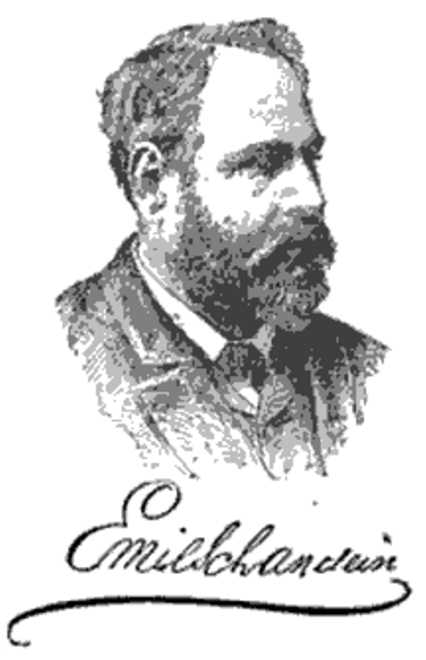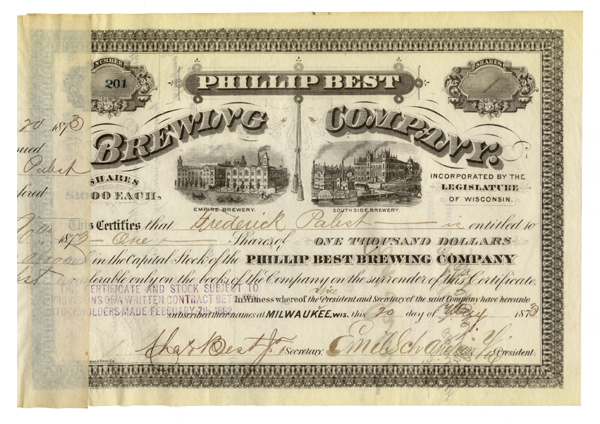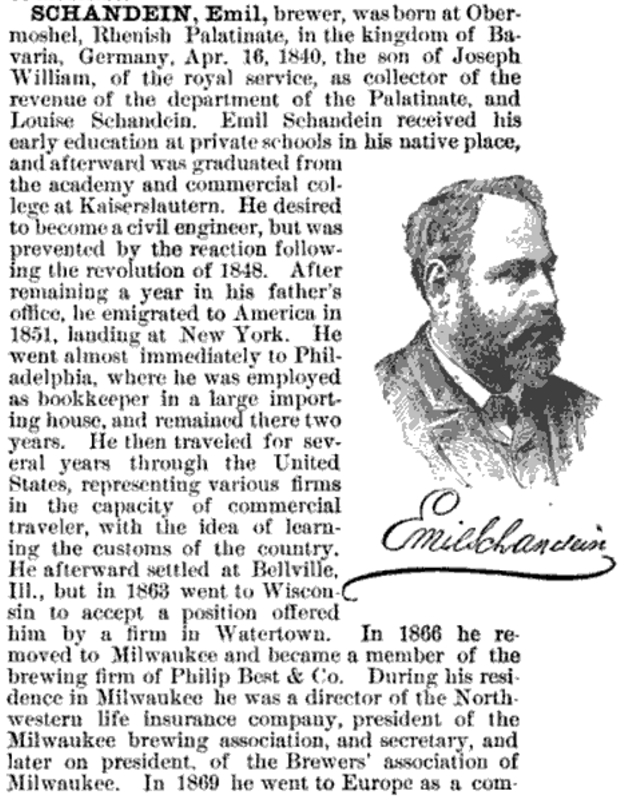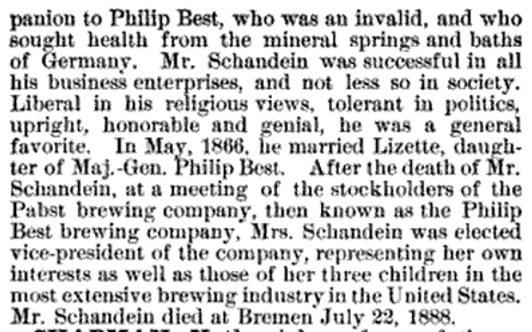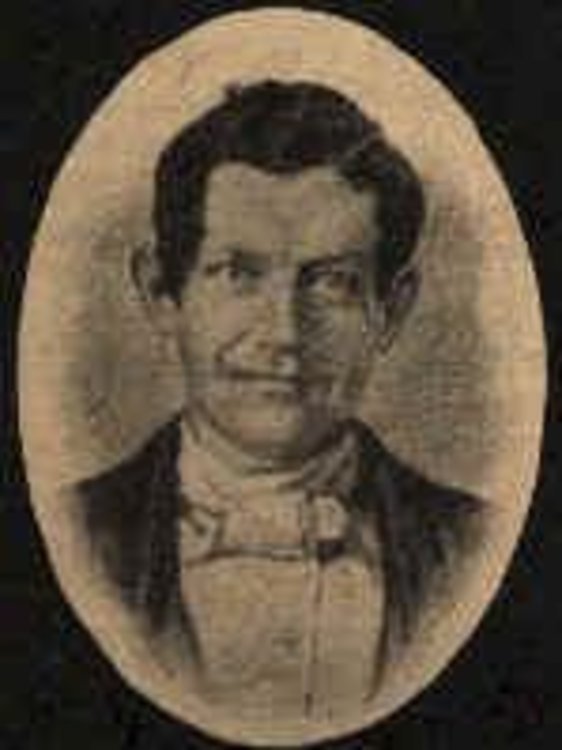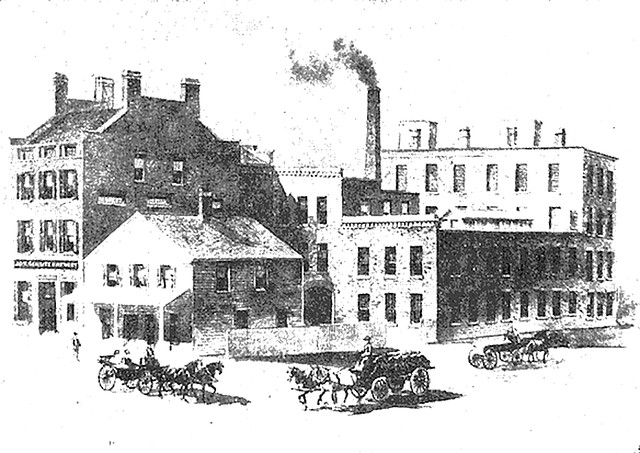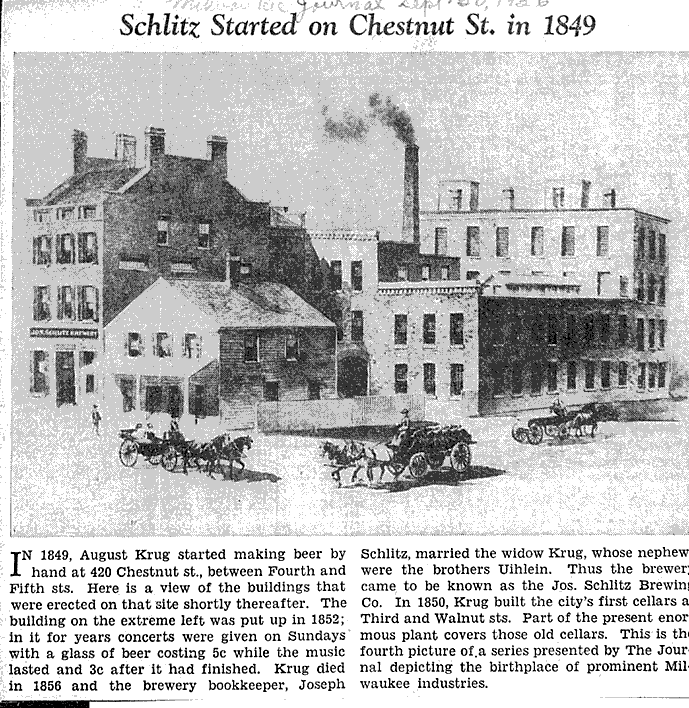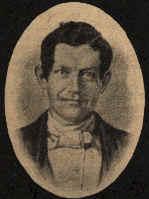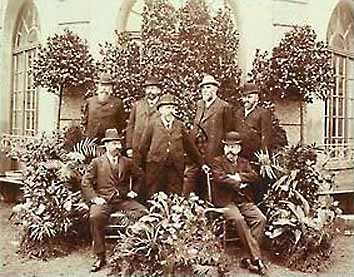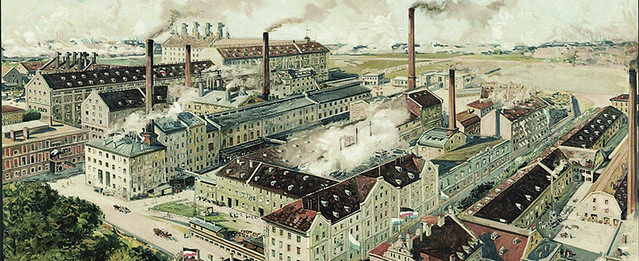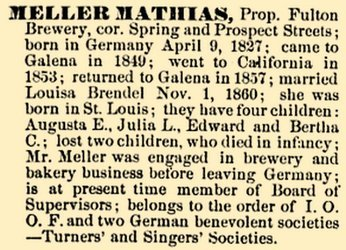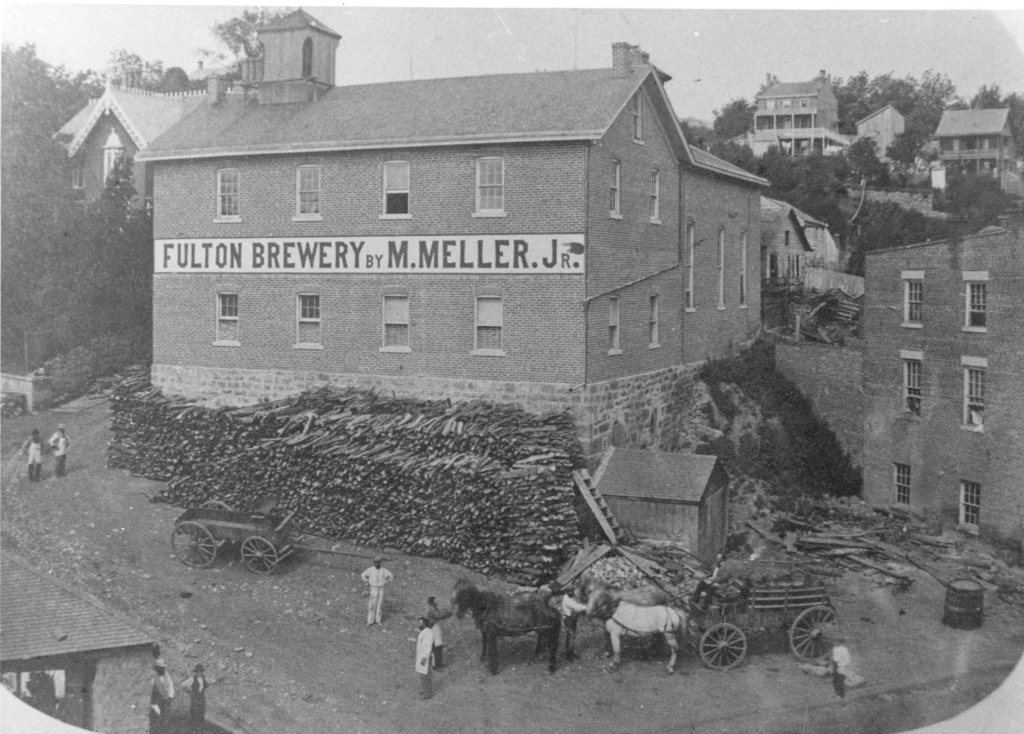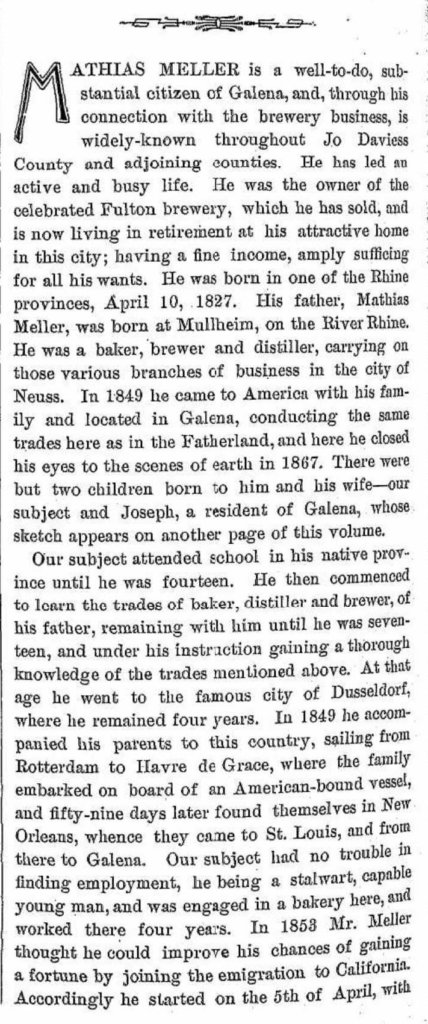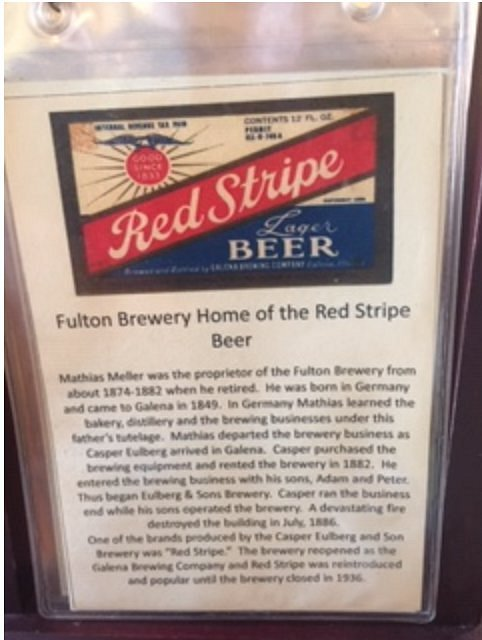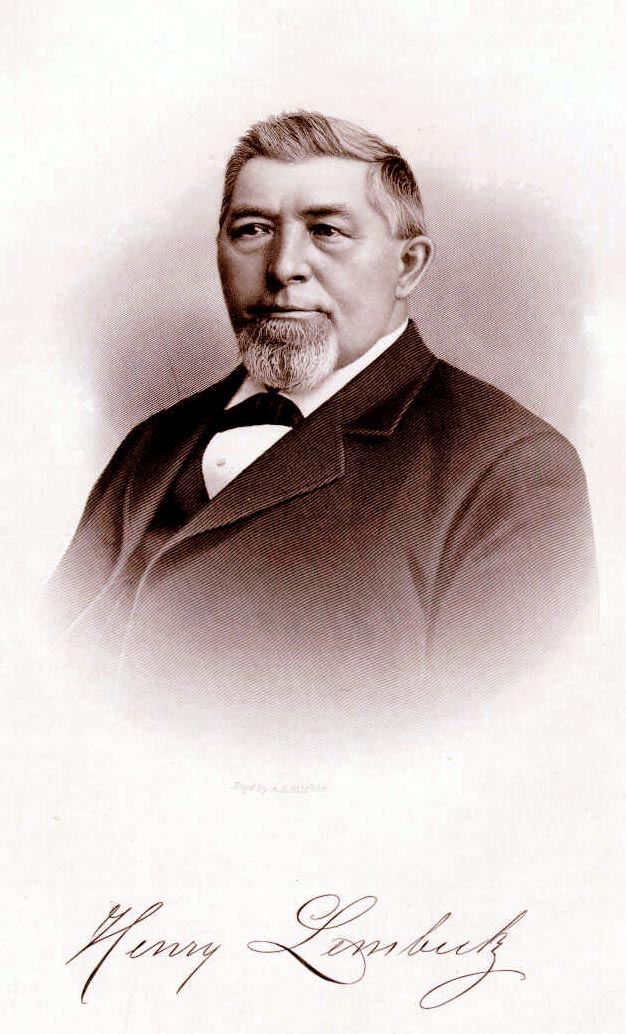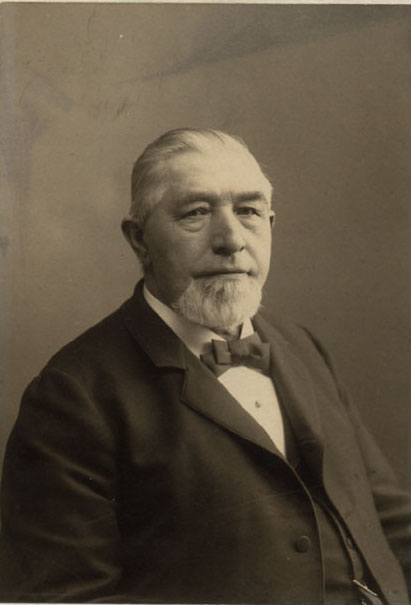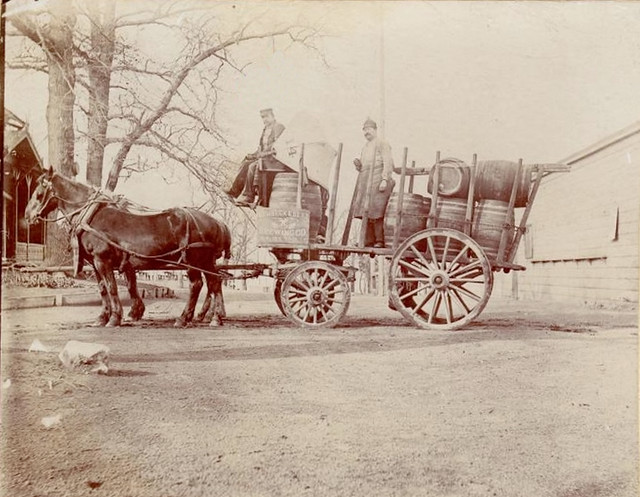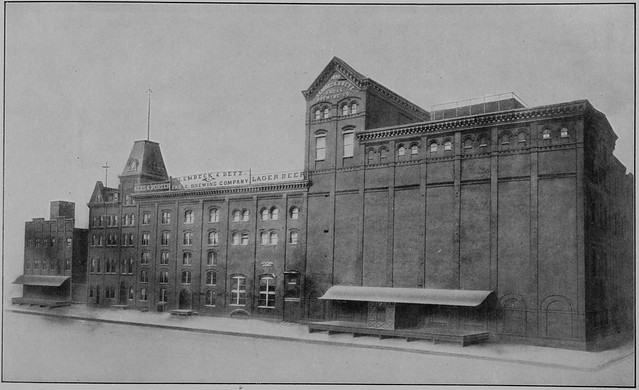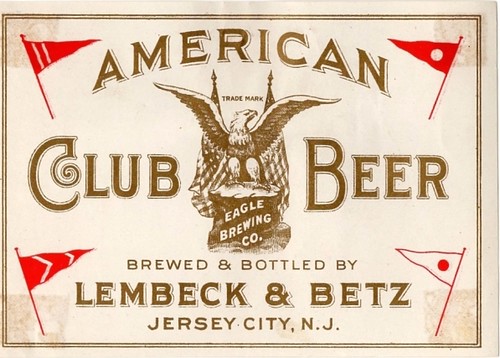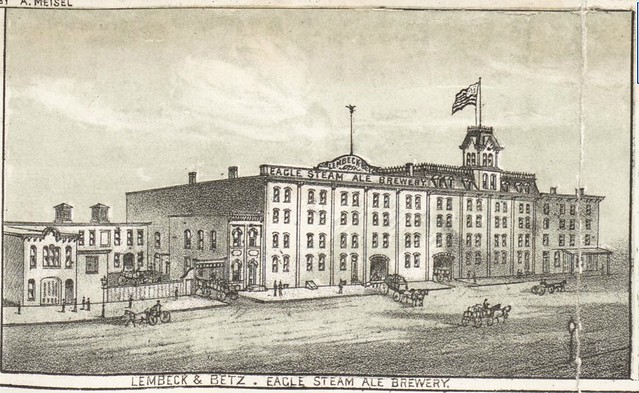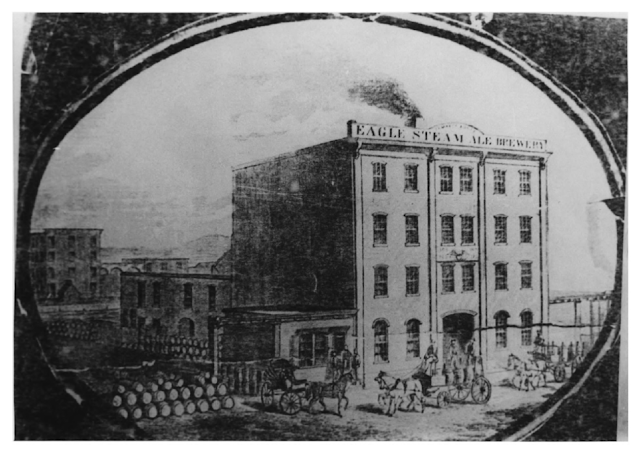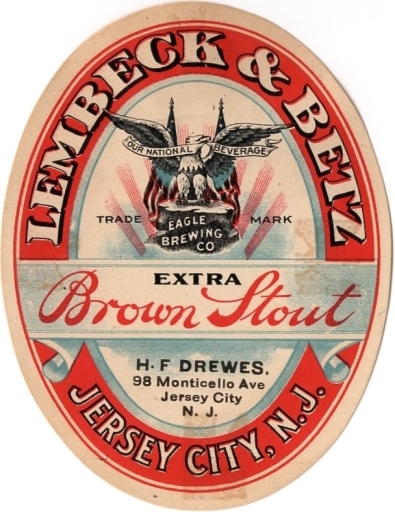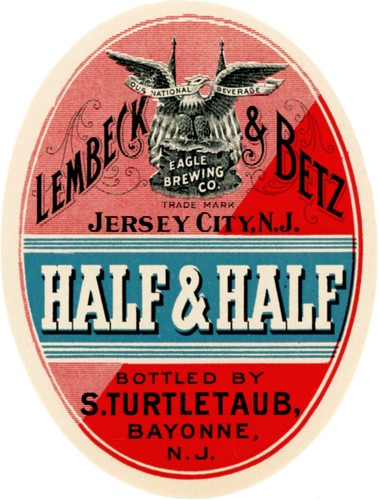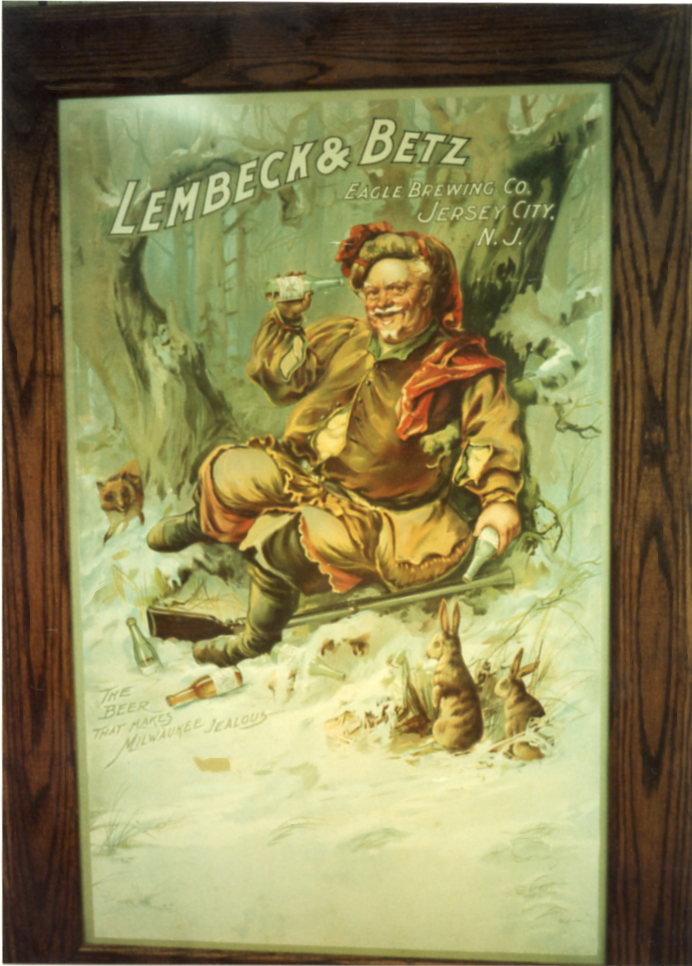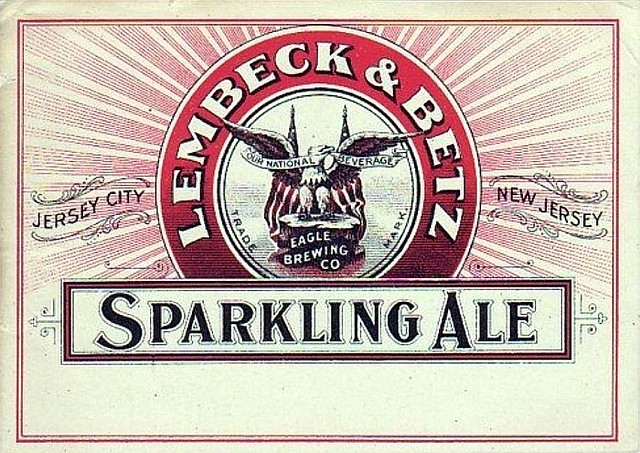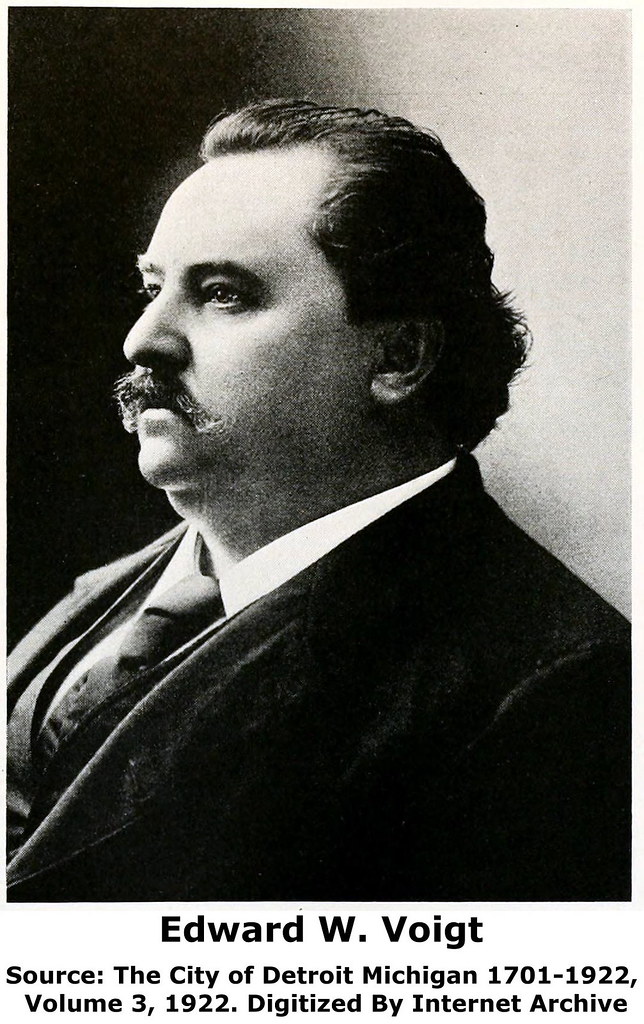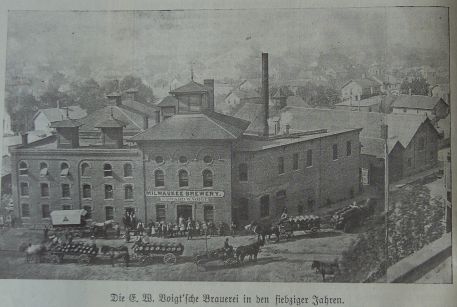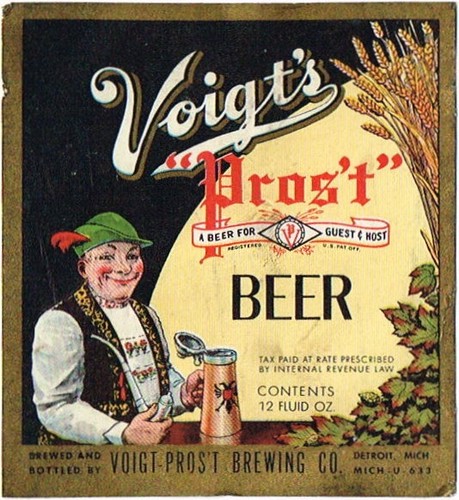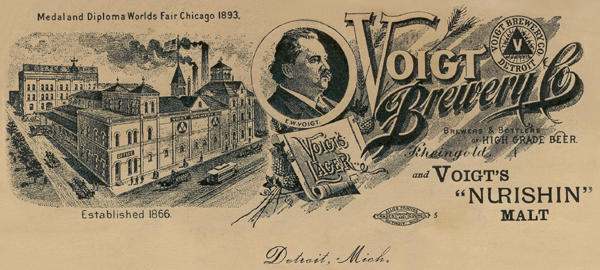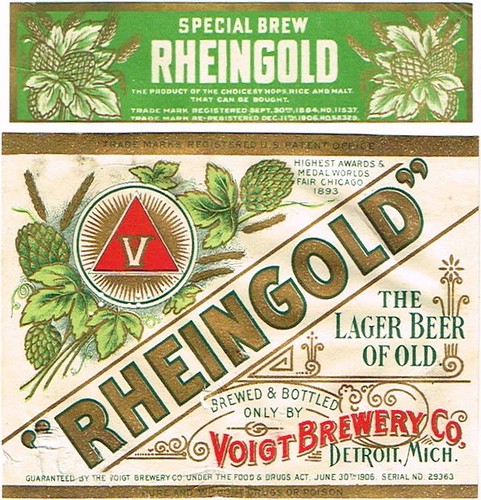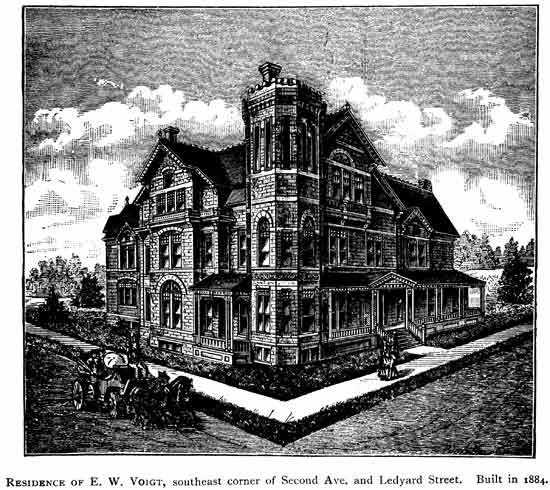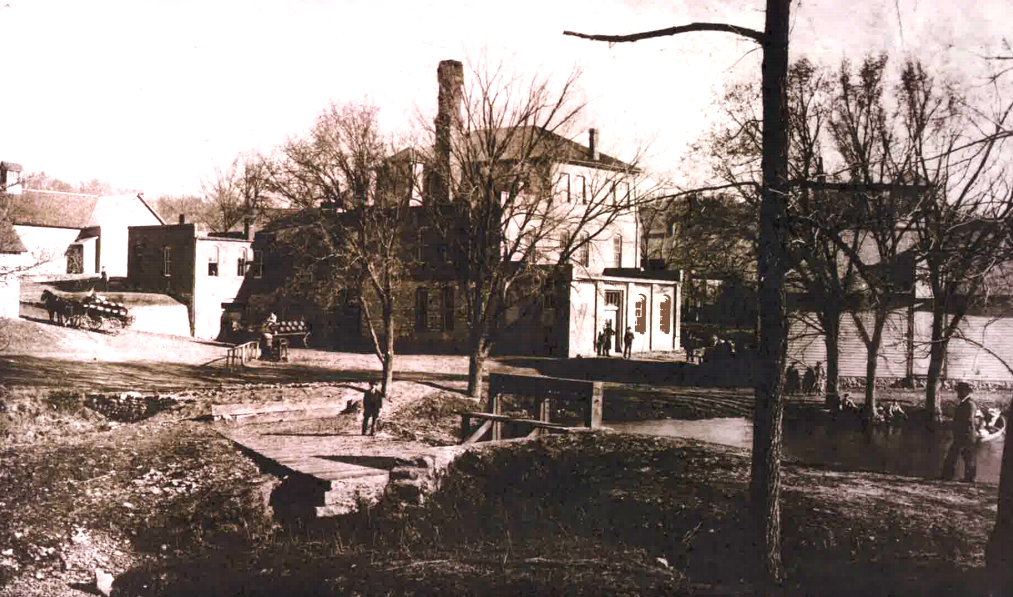
Today is the birthday of Henry Hoerl (April 26, 1854-November 14, 1917). He was born in Altdorf, in Bavaria, Germany, the son of a German brewery owner, where he learned the trade. When he was 24, he came to the U.S. and found employment with a number of breweries throughout New York. In 1892, he moved to Milwaukee, Wisconsin to become the Superintendent of the Val. Blatz Brewing Co. a position he held for the rest of his life.
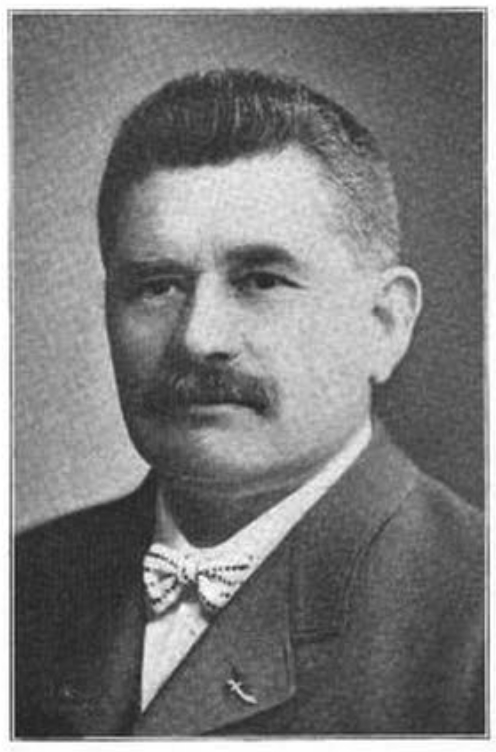
Here is his obituary from the American Brewers’ Review:


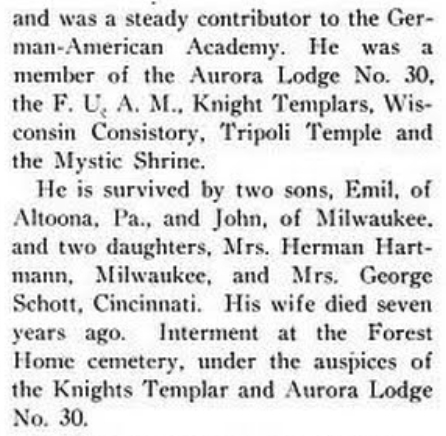
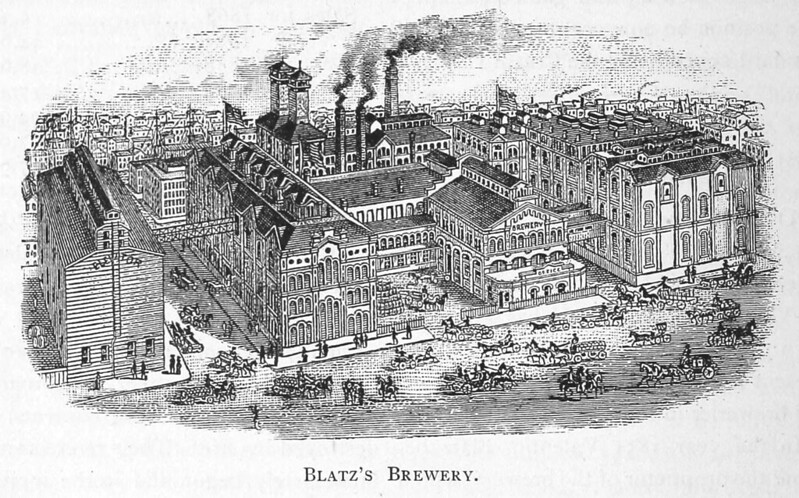
This biography of Henry Hoerl is his entry from “Freemasonry in Wisconsin: Biographical Sketches of Men who Have Been Prominent in the Various Masonic Bodies in the State,” published in 1900.
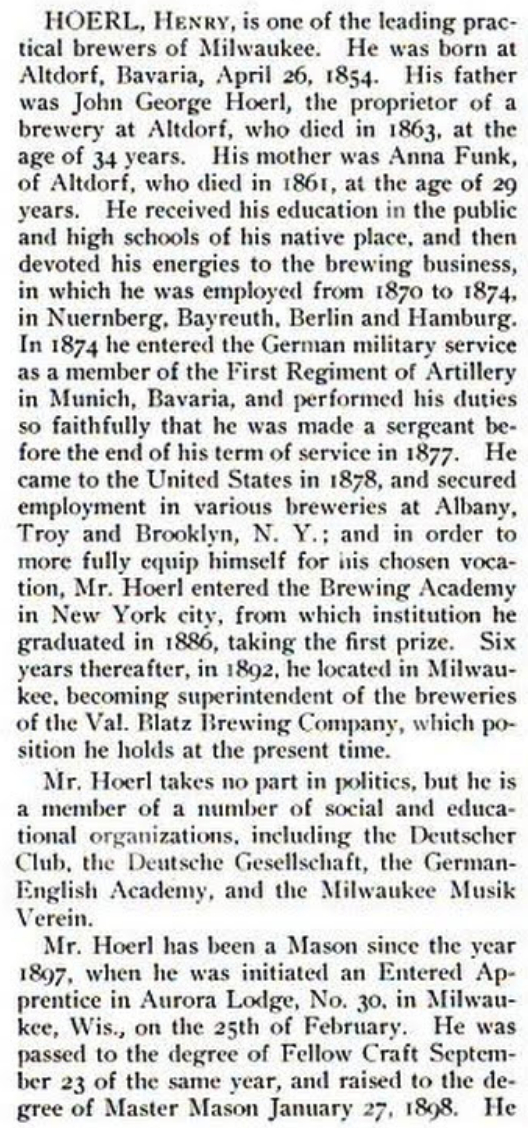
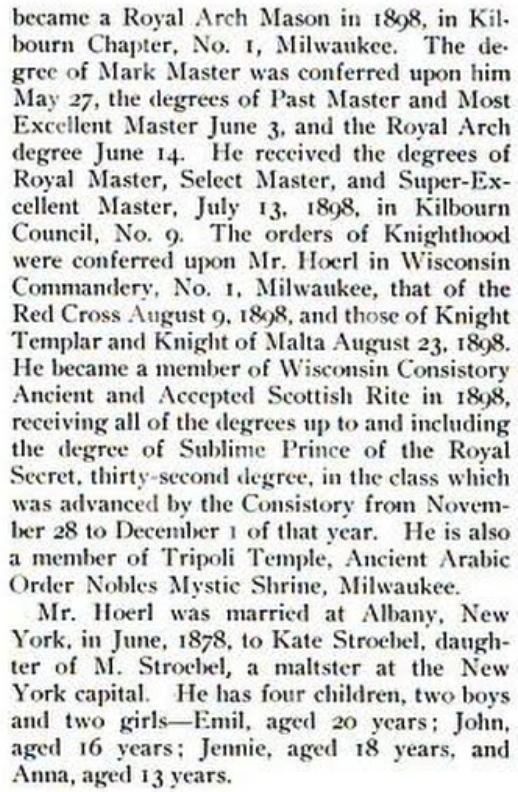
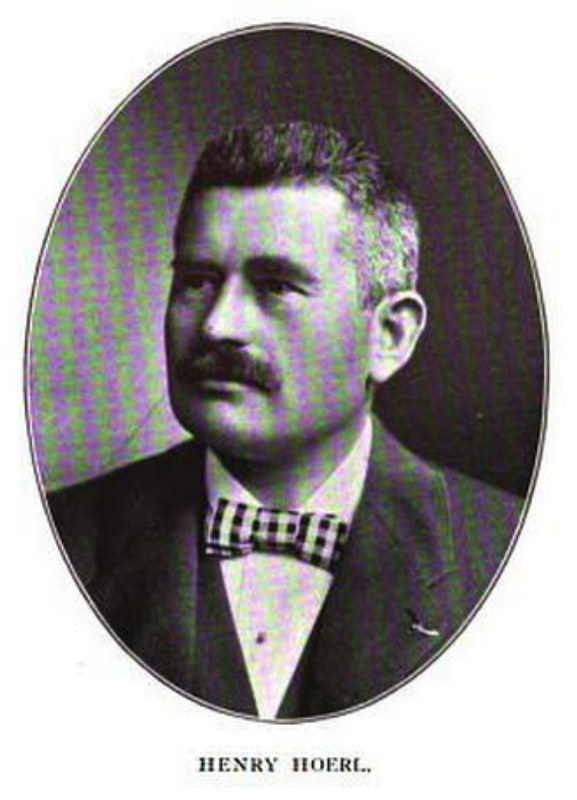
And this biography is from “Memoirs of Milwaukee County: from the earliest historical times down to the present, including a genealogical and biographical record of representative families in Milwaukee County,” published by the Madison, Wisconsin Western Historical Society in 1909.
Henry Hoerl, for many years a prominent figure in the brewing circles of Milwaukee, has achieved his prominence through untiring energetic effort. He is of German descent and was born at Altdorf, Bavaria, Germany, April 26, 1854, the son of George and Anna (Funck) Hoerl, natives of the famous old city of Nuremberg. Henry, the subject of this review, received his education in the elementary schools of his native city and then took a course in the high school. After finishing his studies he was employed in breweries in Germany for several years. He served with distinction in the German army as sergeant of artillery of a Munich regiment. Ambitious to rise in the world and recognizing the greater possibilities and advantages offered in this country to young men of energy and determination, he left his home in 1878, when twenty-four years of age, and set out for the new world, entering upon a career in the course of which he encountered many disappointments, to ultimately reap the reward of honest efforts in abundant prosperity. Soon after landing in New York he found employment in the breweries there and took the brewmaster’s course in the New York Brewing Academy, winning the first prize in 1886. This brought him into prominence among the brewing men of the city and he secured an excellent position. In 1892 he moved to Milwaukee to become superintendent of the Valentine Blatz Brewing Company and has made their beer famous. On June 4, 1878, Mr. Hoerl married Katherine, the daughter of Michael and Katherine (Neuner) Strobel, of Albany, N. Y. Four children have come to bless this union: Emil, who is the proprietor of the Germania brewery of Altoona, Pa. ; Jenny, John M., who resides in Milwaukee, and Annie, the wife of George Schott, who runs a cooperage works in Cincinnati, Ohio. Mr. and Mrs. Hoerl are communicants of the Lutheran church, to which their ancestors have belonged for many generations. Mr. Hoerl is affiliated with the Masonic Order, having taken the Bine Lodge, the Chapter, Knights Templar and Consistory degrees, and he is also a member of the Mystic Shrine. Hoerl is a popular member of the Deutscher Club, the Millioki Club, the Milwaukee Music Vercin and the “West Side Turn Verein.”
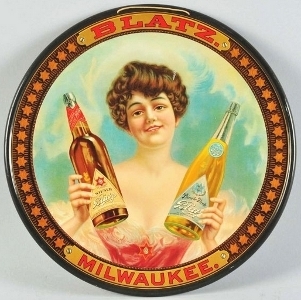
And finally, I came upon this little oddity via eBay. It’s an invitation sent to Hoerl at the Val. Blatz Brewing Co. in Milwaukee, Wisconsin.

The invitation was to attend a brewmaster’s convention of the United Brewer’s Association of the City of New York and the Surrounding Area, September 26-28, 1897. It doesn’t look like he mailed it back, but he may have been thinking about it, as he marked it for 2 train tickets to be reserved to get there.






